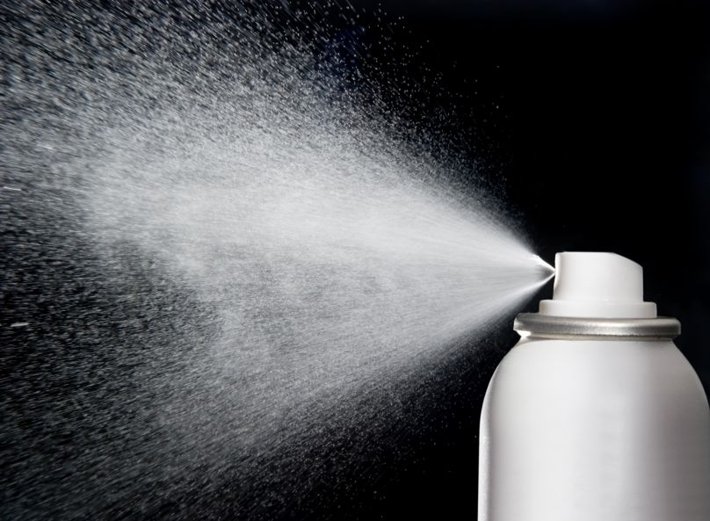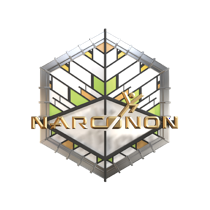How to Prevent Your Teen From Abusing Inhalants

It could be argued that while certain medical drugs have limited usefulness in specific situations, there is no drug substance that is truly and completely safe. That said, most drug substances are clearly identified as drug substances, which give individuals an easy way to avoid contact with them. Inhalants, however, are a major exception to this rule, but while they are not clearly or easily defined as drug substances they are no less potent or dangerous than other drug substances.
What Are Inhalants
Inhalants can be generally defined as substances that are used in a way other than intended by the manufacturer—through inhalation as a drug substance—and is not administered to the body in any other way. The high that is produced through inhalant use is normally very brief, which drives the individual to inhale the substance repeatedly in a very short period of time. Many everyday products can be misused as inhalants, though the National Institute on Drug Abuse has defined four main categories that these drugs fall into:
- Volatile solvents. Any liquid that can vaporize at room temperature, such as paint thinner, gasoline, glue, correction fluid, and felt-tip marker fluids, are volatile solvents that can be used as inhalants.
- Aerosol sprays. Any sprays that contain propellants and solvents, such as spray paints, deodorants, and hairsprays, are aerosol sprays that can be used as inhalants.
- Gases. Any form of gas, such as medical anesthetics like ether, chloroform, halothane, and nitrous oxide, as well as those used in butane lighters, propane tanks, and whipped cream dispensers, can be used as inhalants.
- Nitrites. Cyclohexyl nitrite, amyl nitrite, and butyl nitrite can be used as inhalants.
As is the case with other drug substances, inhalants are often referred to by slang names. Some of the slang names for inhalants include “air blast,” “ames,” “bolt,” “boppers,” “buzz bomb,” “hardware,” “hippie crack,” “honey oil,” “huff,” “laughing gas,” “moon gas,” “oz,” “pearls,” “poor man’s pot,” “poppers,” “quicksilver,” “rush snappers,” “Texas shoe shine,” “whippets,” and more.
Inhalants generally act like anesthetics, slowing down the functions of the body. Depending on the type and quantity of inhalant the individual is exposed to, they may feel a slight stimulation, lessened inhibitions or even a loss of consciousness. There is also a very real risk that the individual may suddenly die from inhalant use, whether it is the first time, the fiftieth time or the two-hundredth time they have used inhalants.
Preventing Inhalant Abuse
The Partnership for a Drug-Free America has indicated that twenty percent of students across the country will have used some form of an inhalant by the time they reach the eighth grade. It is, therefore, worthwhile to take action in order to prevent the use or abuse of inhalants in your teen. When doing so, it is important to acknowledge that inhalants are major drug substances that can cause permanent damage to the heart, kidneys, brain, liver, bone marrow, and other organs. By understanding inhalants and their damaging effects, you will be better prepared to communicate openly about them with your teen.
Following your own education in the subject, the first step to preventing inhalant abuse in your teen is to sit down and have an open and honest communication with them. Just as is the case with any other drug discussion, it is most effective when you give your child the facts about inhalants and how they affect the body, rather than simply telling them “drugs are bad” and they shouldn’t do them. Teenagers are trying to spread their wings and experiment with some of the privileges of early adulthood, so telling them “no,” “stop,” and “don’t” can often frustrate them and force them to reach out and experiment anyway. However, if they are given information honestly and clearly, they are better able to see the real picture and make a wise decision to abstain from inhalants and other drug use. In this case, they need a close friend who cares about them and their health and future, rather than an authoritative parent who simply tells them what they must do. By opening the door to a safe, honest discussion, one may find that their teen is comfortable coming to them for advice and help when they experience curiosity or peer pressure.
If a teen is abusing inhalants, they usually exhibit some very clear signs, including failing grades, chronic absences from school or classes, apathy, paint or stains on their body or clothing, spots or sores around their mouth, red or runny eyes and nose, chemical odor on their breath, a drunk, dazed or dizzy appearance, nausea, loss of appetite, anxiety, excitability, and irritability.
If you suspect your teen is currently suffering from inhalant abuse, call Narconon Arrowhead today for immediate help. Inhalant withdrawal is both painful and dangerous, often including hallucinations, nausea, headaches, muscle cramps, and more, and full withdrawal and detoxification can take up to a month or more, with professional help and supervision.


